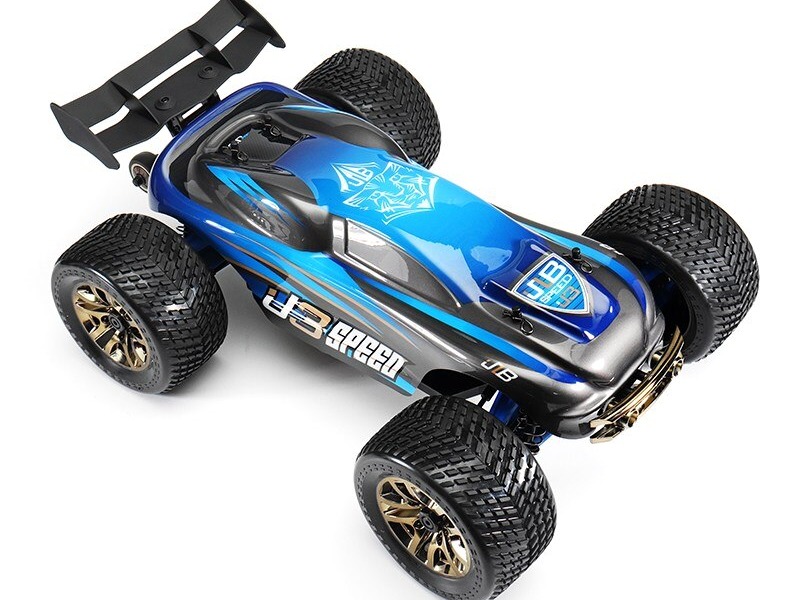What does 2.4 GHz mean for RC cars?

2.4 GHz is a very common technology used in remote controlled (RC) cars, planes, and boats. The technology runs on a frequency, or a range of frequencies, which remote controlled devices use to send and receive signals. This frequency range was specifically developed for use in RC toys, as it is close enough to the much higher frequency used by cell phones and other wireless devices that it does not interfere.
2.4 GHz radios were first introduced in the mid-1990s, providing a more reliable signal range for RC toys than their previous predecessors. This was a great advancement in the world of RC toys, as the higher frequency provided greater stability and less interference from other wireless devices. It also allowed for longer range signals and faster speeds, something that was previously not possible with lower frequencies.
2.4 GHz technology ranges in power. The most powerful radio can reach up to a range of 16 to 20 km or 10 to 13 miles, while the least powerful reaches 2 to 4 km or 1.2 to 2.5 miles. A typical 2.4 GHz RC car runs on a 3-cell or 2-cell Lipo battery with a voltage rating of 7.4 to 12 volts. This type of technology is perfect for racing RC cars.
The 2.4 GHz technology not only helps transmit radio signals, it also helps maintain bigger speed and higher torque in comparison to other radio frequencies. It provides better speed control during racing and also has a better response time with the remote controller.
In order to run a RC car using this particular frequency, the driver will need to have a compatible controller. This is because each device that uses the 2.4 GHz frequency utilizes its own code, meaning the controller itself will need to be able to recognize and transmit that code in order to operate the vehicle. Additionally, if two or more RC cars are running on the same frequency, they will need to have separate codes in order to avoid interference.
2.4 GHz technology is a great advancement in the world of RC cars. It provides reliable signals, higher speed, greater stability, and longer range than lower frequencies. All of these qualities make it perfect for those who want to engage in competitive racing with their RC cars.
Comments / Question
2. Low Voltage Cutoff: Automatically shuts off the receiver and motor when the car’s battery reaches a low voltage level for added protection.
3. Automatic Frequency Hopping Spread Spectrum (AFHSS): This technology helps reduce interference from other radio signals, allowing for a stronger and more reliable connection.
4. Multiple Frequency Channels: Most 2.4 GHz systems offer a variety of frequency channels to choose from, allowing users to avoid interference when multiple cars are running simultaneously.
5. Anti-jamming: Some systems are designed to detect when they are being interfered with and will automatically switch to a different frequency channel.

